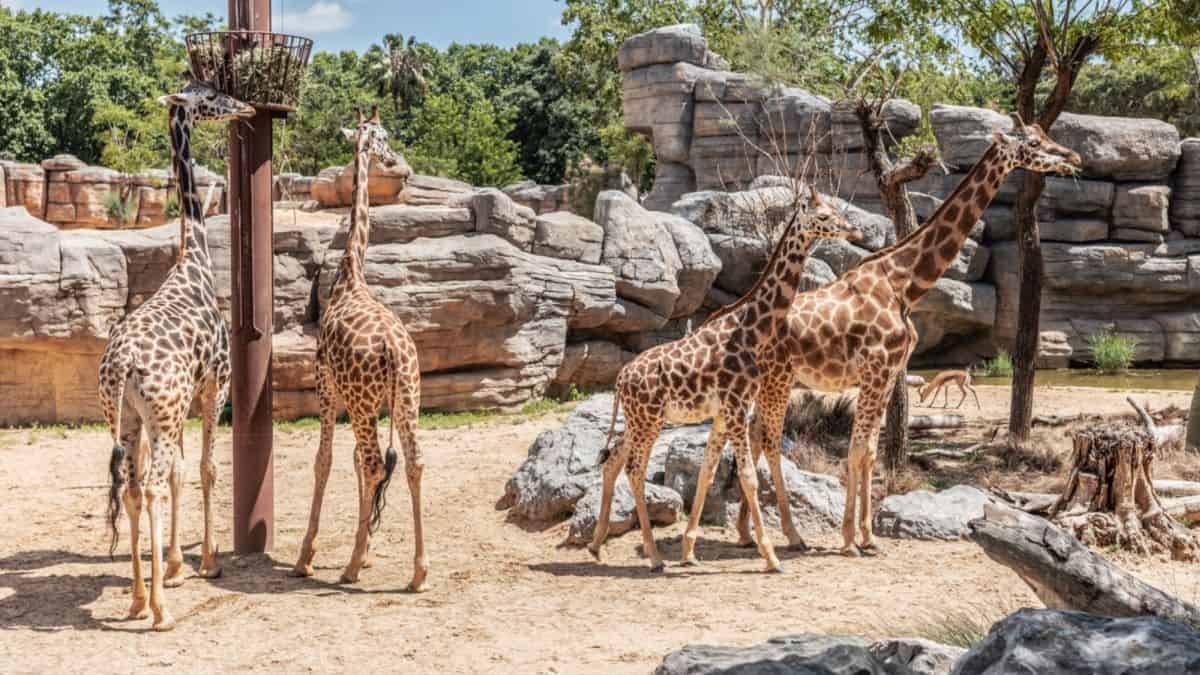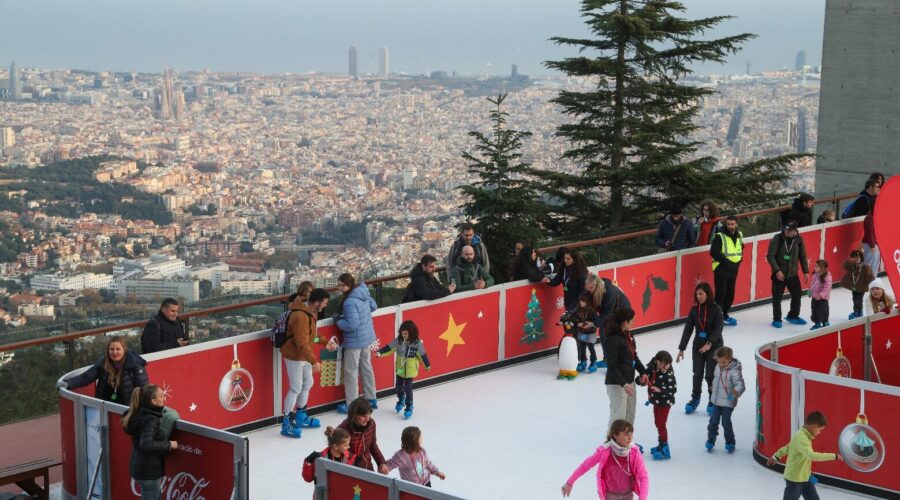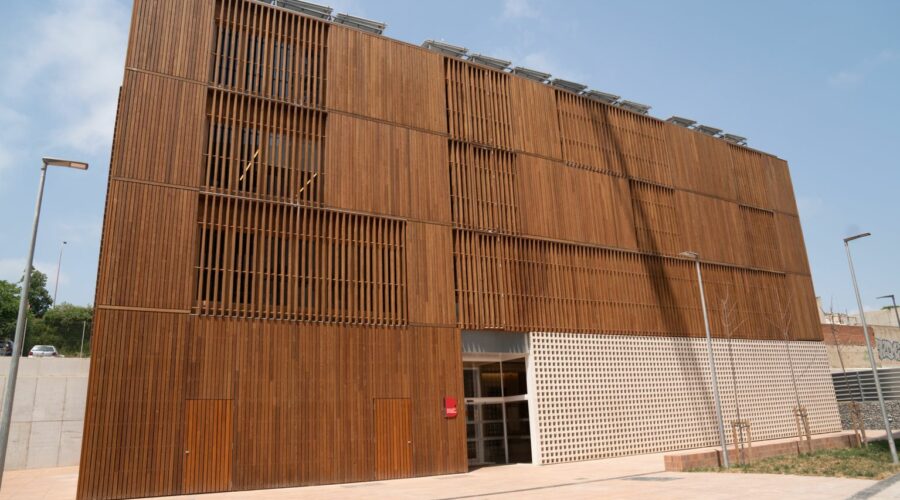With the arrival of summer, the Barcelona Zoo faces one of its greatest challenges: ensuring the well-being of its animals in the midst of high temperatures. As part of its exceptional measures, the zoo has developed a series of innovative strategies that not only contribute to the comfort of the animals, but also reflect a commitment to environmental sustainability. Among these measures are the creation of special ice creams for the animals and the implementation of solutions to reduce and reuse water, demonstrating that the zoo is determined to deal with the heat in an effective and responsible manner.
Personalized ice cream for each species at the Barcelona Zoo
When we think of ice cream, we probably imagine sweet flavors like chocolate or vanilla, but at Barcelona Zoo, the animal ice creams are a carefully designed blend of ingredients that vary according to the needs and preferences of each species. These ice creams are prepared by adding water to the animals’ daily food and then frozen, creating a refreshing treat that helps combat the heat.
Barcelona on alert due to the invasion of “crazy ants”.
Primates are one of the animal groups that most enjoy these ice creams. Zookeepers have observed how these animals are particularly enthusiastic when it comes to receiving their ice cream, often attracting attention with noises or even throwing water to catch the attention of the keepers. On some occasions, the primates manage to catch the ice creams on the fly, devouring them quickly, often in pairs, demonstrating how much they appreciate this refreshing snack.
Xebo the gorilla dies at the Barcelona Zoo, endangered species
But not only primates enjoy this ice cream relief. The zoo offers a variety of ice creams adapted to the food preferences of other species. For example, some ice creams are made from soup, juice or even worms, ingredients that, although they may seem unappetizing to humans, are a delight for certain zoo animals.
Cooling hoses and other cooling measures
In addition to ice cream, the zoo has implemented other measures to ensure that its inhabitants stay cool during the hottest days. The zoo’s female elephants, for example, enjoy refreshing water hoses. This simple, yet effective method not only helps them cool down, but also provides them with an additional source of hydration. Although not all elephants come forward to receive the water, those that do are extremely grateful, opening their mouths to drink directly from the stream. In addition to the hoses, the zoo has taken additional measures to ensure the comfort of its animals during the summer. This includes constantly renewing the water troughs to keep the water cool, as well as using fans in the cat and bear rooms. These measures not only help the animals cope with the heat, but also prevent health problems related to high temperatures.
Barcelona Zoo’s commitment to water sustainability
Water management is a critical issue at the Barcelona Zoo, especially in a context of growing concern about drought. The restrictions imposed by the drought have forced the zoo to adopt new practices to reduce its water consumption without compromising animal welfare. Since 2018, the zoo has managed to reduce its water consumption from 1,500 cubic meters to 900 cubic meters, a significant achievement that reflects its commitment to sustainability.
A Dama Mohor Gazelle calf is born at Barcelona Zoo
One of the main strategies has been to limit the use of water through a single working water supply, which forces the keepers to work under different pressure conditions. In addition, thanks to the collaboration with Parques y Jardines de Barcelona, the zoo has been able to irrigate its green areas using phreatic water stored in a special tank.
An innovative project for the future
Looking to the future, the Barcelona Zoo plans to start up a pilot plant to reuse the water used for cleaning the enclosure. This project, which is expected to be operational by next summer, will make it possible to reuse the water for irrigation and to refill the naturalized ponds inside the zoo. The project has a budget of 2.7 million euros, financed by the European Union through the Life program, and its main objective is to raise public awareness of the importance of wetlands as nodes of biodiversity. This pilot plant will not only serve to reuse water efficiently, but will also create a new wetland area in the northern part of the zoo. Visitors will be able to observe firsthand how this system works, providing a unique educational opportunity to learn about water conservation and the importance of wetlands in the ecosystem. According to Sito Alarcón, director of the Barcelona Zoo, the project has a dual purpose: to raise awareness of the importance of wetlands and to show how these areas can filter, purify and store water, thus contributing to the sustainability of the enclosure.




